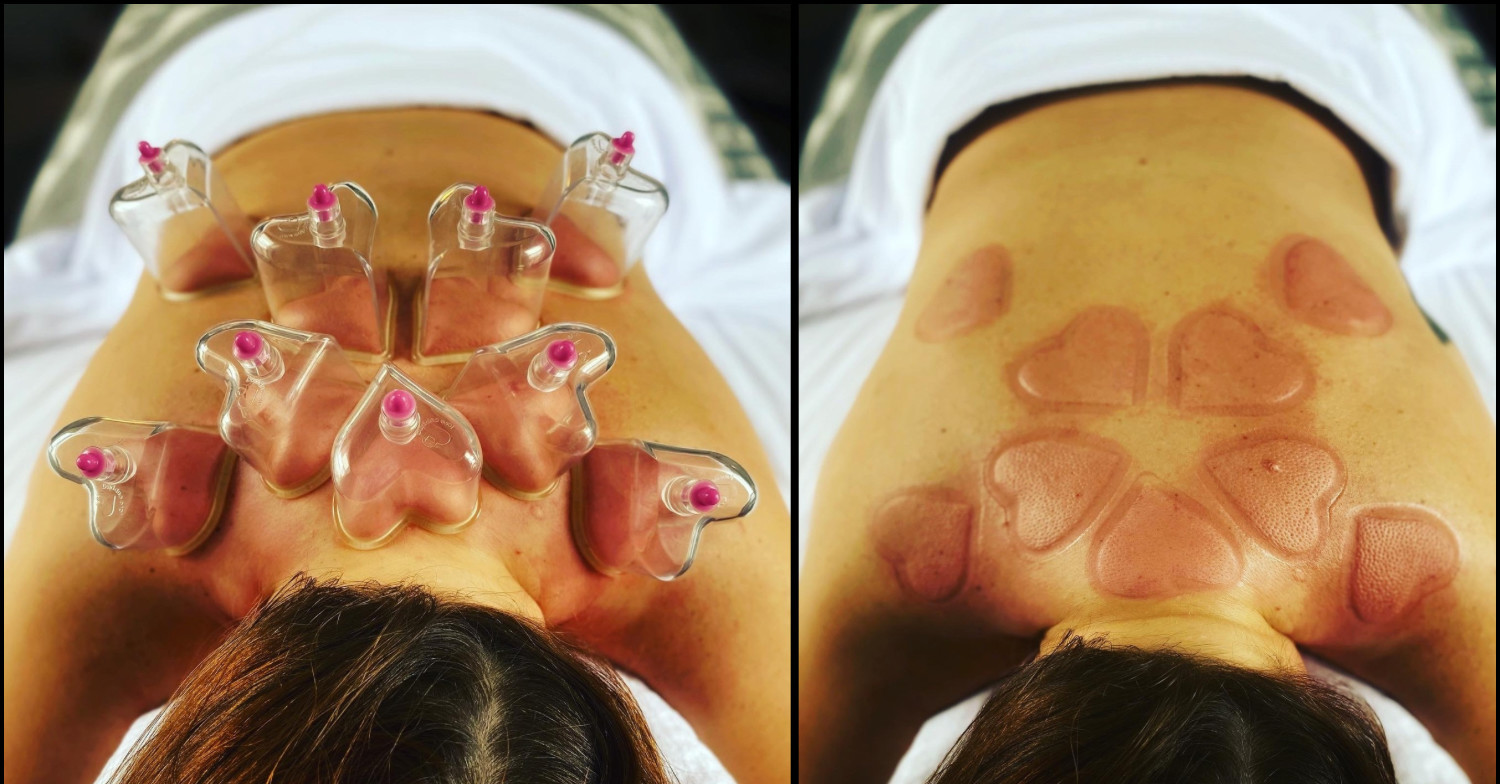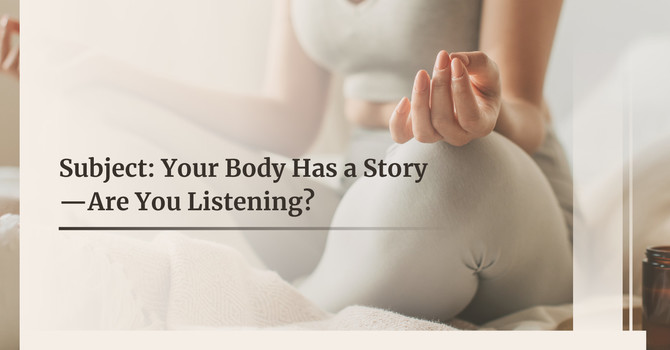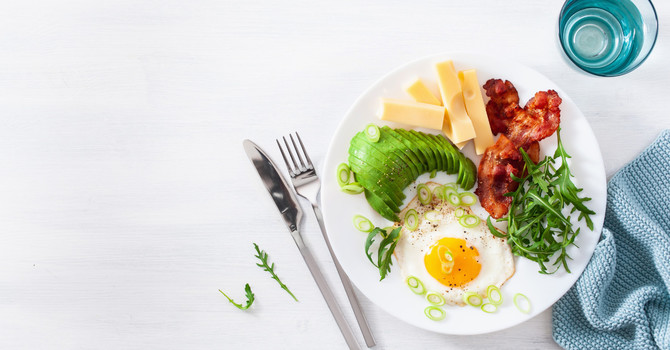
Can we take a moment to swoon over this stunning cupping pattern from today?
This particular client works in a busy salon, creating gorgeous hairdos. As an artist, she finds herself looking down frequently, which has led to tight, sore, and burning muscle pain in her neck and shoulders. To help her relieve this, I used cupping therapy to loosen up the muscles and fascia in the area, promoting fresh Qi and Blood flow to heal. I then finished off with acupuncture to help complete the process.
What is Cupping Therapy?
Cupping therapy is a well-known form of Traditional Chinese Medicine (TCM), where inverted glass, plastic, or bamboo cups are applied to the skin.
Cupping has been used for thousands of years, with one of the earliest recorded mentions of it appearing in A Handbook of Prescriptions for Emergencies, written by Taoist herbalist Ge Hong in 300 AD.
As an ancient Chinese saying goes:
"Where there’s stagnation, there will be pain. Remove the stagnation, and you remove the pain."
This concept is at the core of cupping therapy. In TCM, pain is often the result of stagnation or blockage in the flow of Qi (vital energy), blood, lymph, and other bodily fluids. When there’s a blockage in the body’s energy flow, discomfort and pain follow. Cupping therapy aims to break up these blockages and restore the smooth flow of Qi and blood, ultimately alleviating pain.
How Cupping Works
The cups create a suction effect on the skin, drawing blood and other fluids into the treated area. The red marks left after treatment indicate where the blood has been pulled to the surface. The darker the marks, the more stagnant blood and fluids have been pulled up, helping to release toxins and promote healing. These marks typically last a few hours to several days, depending on the intensity of the treatment and the individual’s body.
Who Should Avoid Cupping?
While cupping can be incredibly effective, it's important to note that it may not be suitable for everyone. TCM practitioners usually avoid cupping on individuals who are already deficient in Qi and Blood (often presenting as pale or fatigued) since the therapy can further deplete energy, leaving the body feeling exhausted or chilled.
For best results, it’s essential to work with a qualified TCM practitioner who understands the nuances of cupping therapy and how it fits into your overall treatment plan.
**Photo shared with client’s consent





